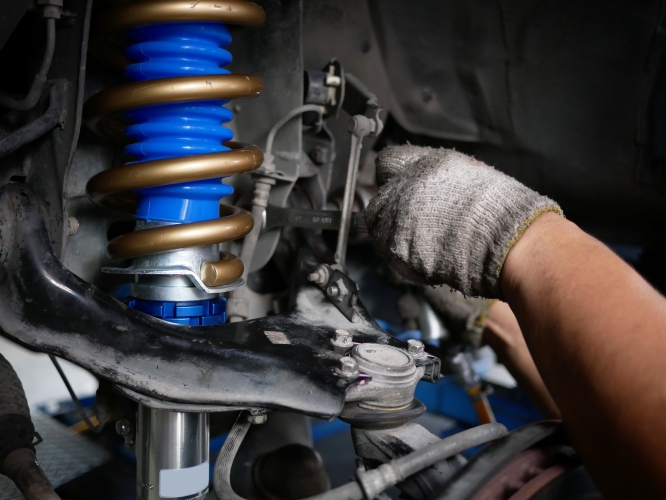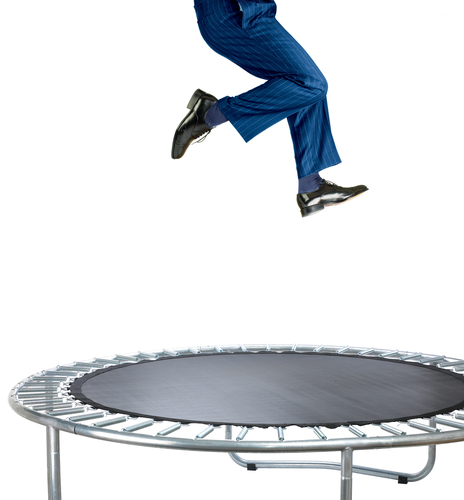Do you know how a slingshot works?

When you pull back a slingshot, you are applying a force to do so. That force causes the elastic part of the slingshot to stretch. There is work done to the elastic cord because you have transferred kinetic energy into elastic potential energy.
What is work done exactly, and how does it apply in this context? Let's learn about it!
When we apply a force to an object, we can change the energy store of that object. For example, if you are pushing a trolley in a shop and then start increasing the force on the trolley, you increase the kinetic energy (movement energy) store of that trolley.

Whenever a force causes a transfer of energy, we say that there has been work done. So, in our first example when we stretched a slingshot, we applied a force by pulling it back. The force on the cord caused a transfer of energy, from kinetic energy to elastic potential energy, stored in the cord.

Elastic potential energy is a form of energy stored by materials that get stretched. If the force causing that potential energy changes, then the potential energy can be transferred into other forms. For example, if the girl in this image released the slingshot cord, the elastic potential energy in the cord would transfer into kinetic energy, causing the cord to move forward and the pellet to 'fire'.
We can recall that stretchy materials have an elastic limit. That means that for each material, if the force goes over a certain value, the material will 'over-stretch' and not return to its original shape. If an object has not gone past the elastic limit, then the work done on the material is equal to the elastic potential energy stored in the material.
Now imagine that you compress a spring. A good example would be the suspension in a car, like in the image below.

A force is applied to the spring, compressing it. The spring stores elastic potential energy because if the force was removed it would go back to its original shape. Because an applied force caused a transfer of energy, we say work is done to the spring. The amount of work done is equal to the elastic potential energy stored.
Here is another example - jumping on a trampoline. If you jump on a trampoline, your kinetic energy is transferred into elastic potential energy in the trampoline material and the springs supporting it.
If the elastic potential energy stored by the trampoline was 9,000 Joules, how much work was done?

The work done would also have been 9,000 J. This assumes that the trampoline material and springs did not go past their elastic limit.
Now that we have developed our understanding of work done in the context of stretching and compressing, let's try some questions!







